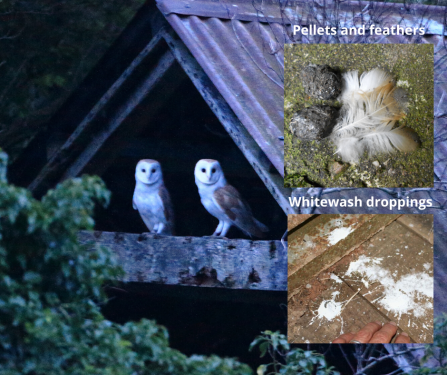With its heart-shaped face and ghostly white appearance, the barn owl is one of our most recognisable and loved countryside birds but sadly, in Northern Ireland, numbers have dropped to worryingly low levels.
With fewer than 30 breeding pairs estimated to be left here and only three known active nest sites, Ulster Wildlife is appealing to the public to help with locating new nest sites to safeguard the future of this endangered bird.
Katy Bell, Senior Conservation Officer at Ulster Wildlife, explains, “Barn owls are very elusive, nocturnal birds and difficult to spot, so we need the public’s help to help them thrive. Historically, they use the same nest sites every year, so it is vital we locate these to ensure the correct conservation measures are put in place and to help us build a better understanding of these rare birds. We know there are more nest sites out there and we want to reassure people that the welfare of the barn owl is our top priority.”
We know there are more nest sites out there and we want to reassure people that the welfare of the barn owl is our top priority.
Long known as the ‘farmer’s friend’ for its reputation for eating pesky farm rodents, the charity is particularly appealing to farmers and landowners to come forward with information.
Ards farmer Robert Calvert, whose wildlife-friendly farm has welcomed breeding barn owls for the last 13 years, said, “It’s been a pleasure to work with Ulster Wildlife to give barn owls a helping hand and I would urge any farmers to get in touch with them. Staff have respected the privacy of our site and our farming practices, and are very passionate. With their support and expertise, we are working to protect our nest site, monitor the adult birds and their chicks, and ultimately, ensure these magnificent creatures are not lost from our countryside forever.”
I would urge any farmers to get in touch with them. Staff have respected the privacy of our site and our farming practices, and are very passionate.

